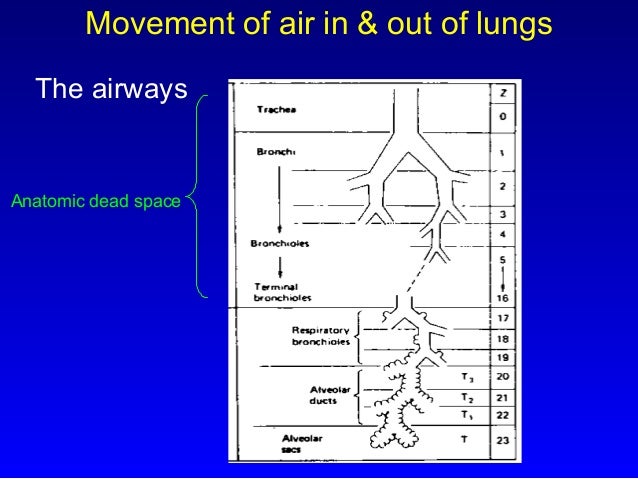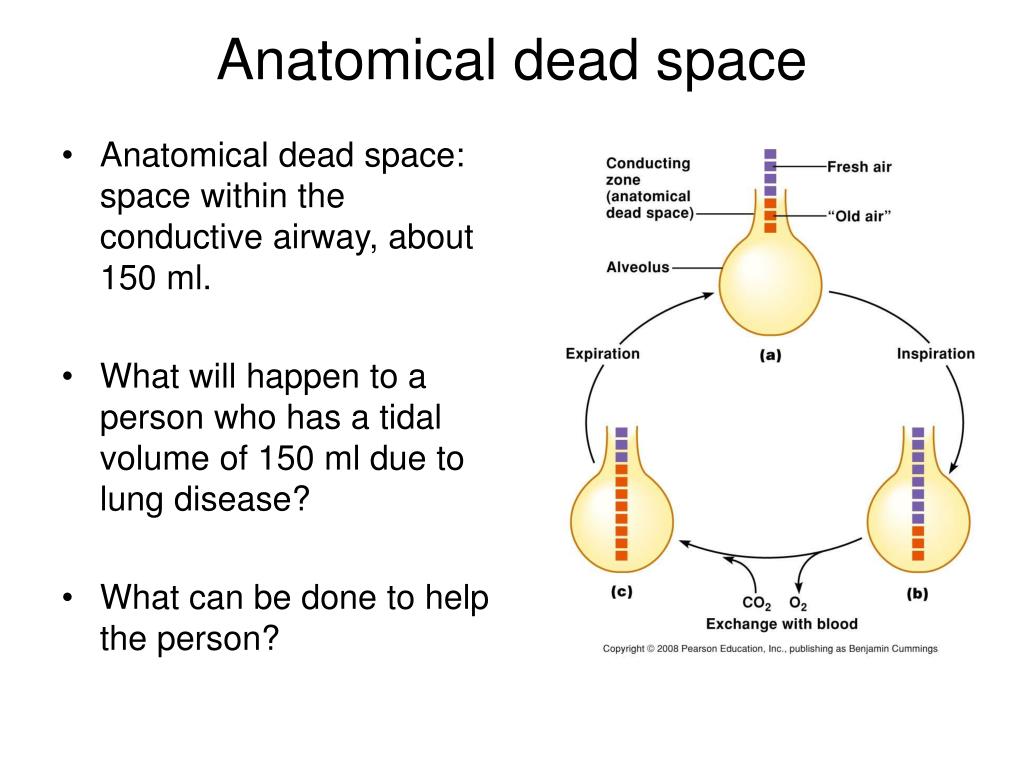



However, many diseases of the lung do not manifest as gas exchange abnormalities.Īs with the evaluation of most patients, the approach to a patient with disease of the respiratory system begins with a thorough history and a focused physical examination. Although many specific diseases fall into these major categories, both infective and neoplastic processes can affect the respiratory system and result in myriad pathologic findings, including those listed in the three categories above ( Table 305-1).ĭisorders can also be grouped according to gas exchange abnormalities, including hypoxemic, hypercarbic, or combined impairment. Disorders of the pulmonary vasculature include pulmonary embolism, pulmonary hypertension, and pulmonary veno-occlusive disease. Diseases resulting in restrictive pathophysiology include parenchymal lung diseases, abnormalities of the chest wall and pleura, and neuromuscular disease. Obstructive lung diseases are most common and primarily include disorders of the airways, such as asthma, chronic obstructive pulmonary disease (COPD), bronchiectasis, and bronchiolitis. The majority of diseases of the respiratory system fall into one of three major categories: (1) obstructive lung diseases (2) restrictive disorders and (3) abnormalities of the vasculature.


 0 kommentar(er)
0 kommentar(er)
